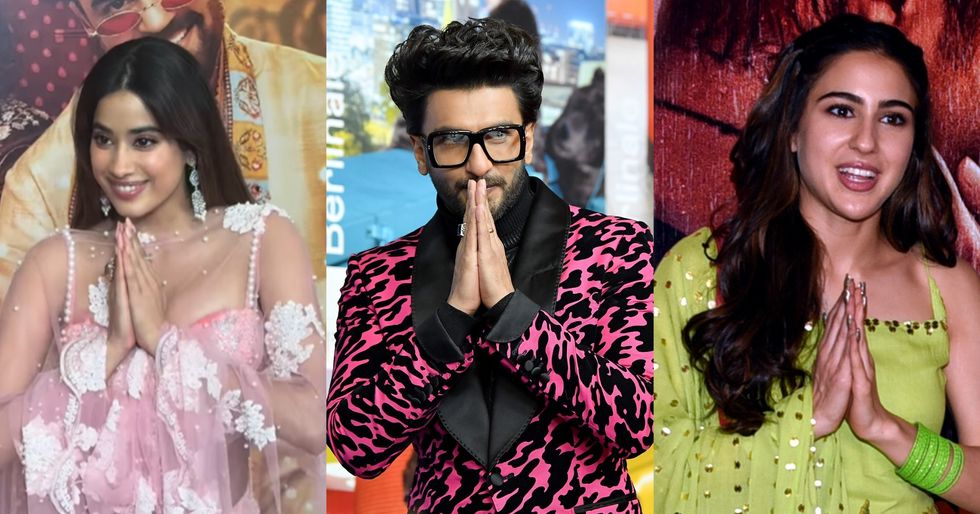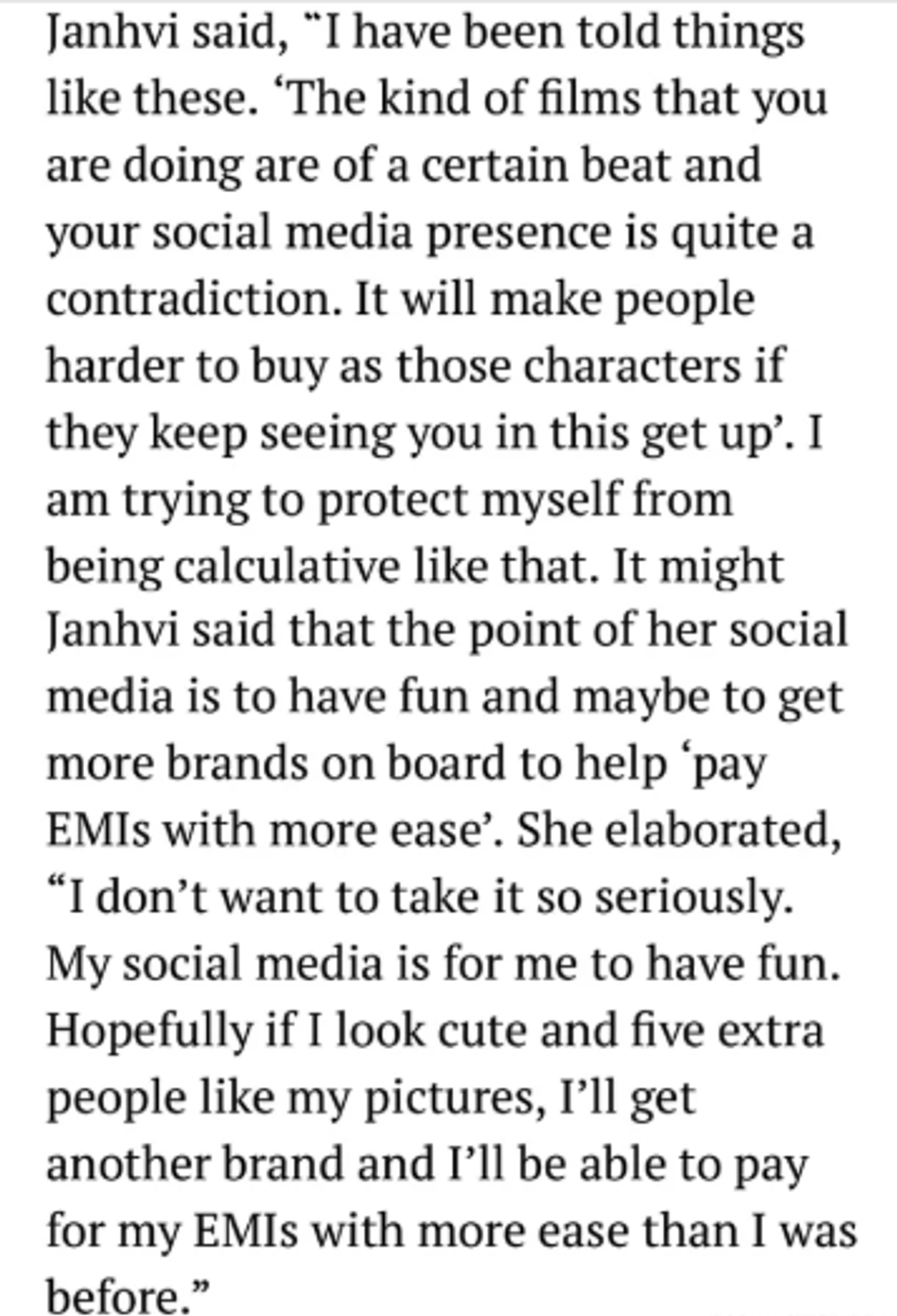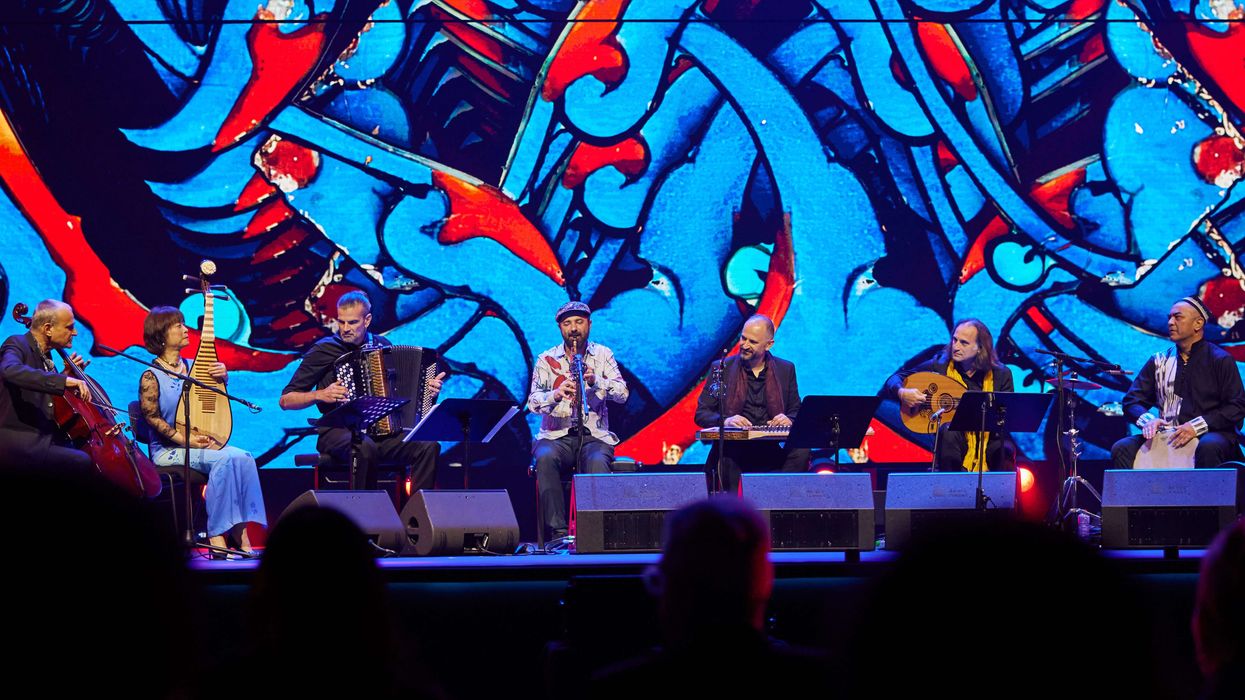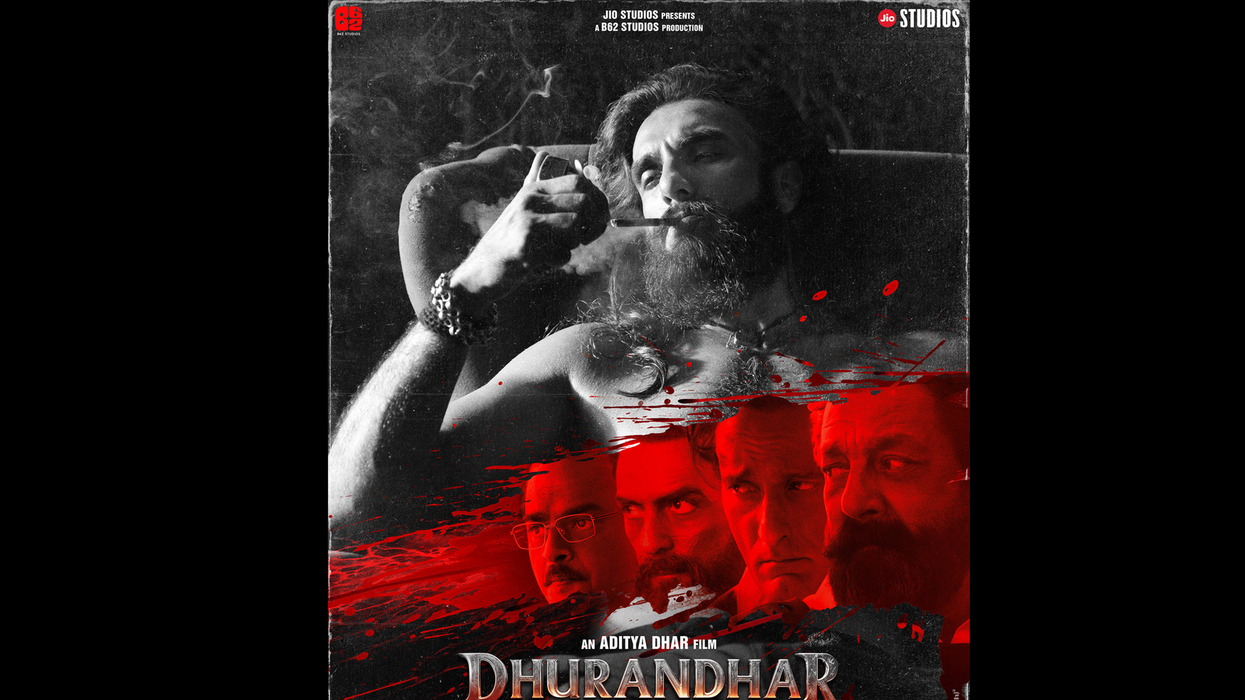Highlights:
- Stars post "ghar ka khana" and EMI moments to seem relatable.
- Janhvi Kapoor's EMI line went viral for the wrong reasons.
- Sara Ali Khan and Alia Bhatt also highlighted "middle-class" struggles.
- Fans pick up on the inconsistencies between luxury and modesty in posts.
Let's get this straight. You’re scrolling through Instagram and there it is: a Bollywood star, sitting in what looks like a palace kitchen, holding up a roti. The caption? "Ghar ka khana hits different." You’re supposed to feel a connection, a thrill. She’s just like me! But is she?

The "people's princess" playbook
This isn’t an accident; it’s a strategy. A tired, transparent, and increasingly backfiring PR strategy that we might as well call the “People’s Princess” playbook. But what’s the goal? To bridge the cavernous gap between insane, generational wealth and the average fan’s reality. And the method? A curated performance of relatable poverty, or as critics smartly call it, “aesthetic poverty”.

EMIs as entertainment?
Remember Janhvi Kapoor’s EMI line? “If five extra people like my pictures, I’ll get another brand and I’ll be able to pay for my EMIs with more ease.”
EMIs..!
The word just hangs there. For the vast majority of Indians, an EMI (Equated Monthly Instalment) is a crushing monthly reality for a home loan or a modest car. It’s not a cute, relatable flex. However, the backlash was immediate and brutal. Memes and discussions erupted online, with audiences pointing out the disconnect between her luxury life and the “relatable” struggles she described.
But Janhvi’s not alone. This is a whole genre.

Small moments, big optics
Sara Ali Khan, daughter of Saif Ali Khan and Amrita Singh, calls herself a "kanjoos" (a cheapskate). She talks about a “very middle-class” upbringing. One anecdote that fans can’t stop talking about: during the promotions of Zara Hatke Zara Bachke, Vicky Kaushal revealed that Sara once yelled at her mother for buying towels worth £16.00 (₹1,600), saying, “Who buys towels for £16.00?”
It’s a tiny domestic moment, but it feeds directly into the image she projects: conscious of money, even amid obvious privilege.
Alia Bhatt’s mother, Soni Razdan, once highlighted their “middle-class” upbringing by saying they flew economy to Dubai. Netizens, including social media influencer Uorfi Javed, have poked fun at these “middle-class” claims. As Uorfi put it, “Humne plane nahi dekha tha yaar. Tum kaisi baatein kar rahi ho?” (We’d never even seen a plane, mate. What are you talking about?).
Ranveer Singh, a ball of energy who grew up in a well-off family, once said they “didn’t have a lot of money.” Then he described his childhood holidays to Indonesia, Singapore, Italy, and the US. That’s his definition of “not a lot of money.”
Well it’s a different planet.
Not all relatability is fake, but wording is everything
And, nuance alert! Let’s not flatten this into “all celebrities lie.” Plenty of stars do come from mixed backgrounds. Some faced real early struggles. Some have debts. Others have family pressures, mental health issues, and career insecurity. “We had it hard” can mean emotional strain, parental pressure, or being judged in public, not just bank balances.
It particularly stings because Bollywood has a real, ugly history of precarity: actors who fell ill and couldn’t afford care, and careers that ended without safety nets. Those stories are not PR-friendly anecdotes; they’re tragedies. So casual comparisons feel tone deaf, sometimes performative, sometimes just sloppy messaging.

Relatability as currency
Why do they do this? Because relatability is currency. In the age of social media, fans want access. They want to feel like the person on screen is someone they could know. PR teams know this. So the playbook says: downplay the privilege. Emphasise the struggle, even if you have to invent it. Talk about ghar ka khana, local trains, and being careful with money. It’s a calculated risk and the payoff is likeability. The risk? The whole thing blows up in your face when the audience feels patronised.
Reddit platforms and forums are filled with fans dissecting this stuff with the precision of forensic accountants. They see the cracks: the luxury villa in the background of the “simple life” video, the designer socks paired with the “humble” chappals. And they’re not buying it anymore.
from BollyBlindsNGossip
A shortcut to connection or a dead end?
The question isn’t really whether these stars are lying. Maybe they genuinely love their mum's food. Who doesn’t? The question is why this specific narrative is being sold so hard. The answer is simple. It’s easier to pretend to be poor than to actually explain what it’s like to be that rich. It’s a shortcut to connection, and the audience is starting to see it for the dead end it is.
The curtain is pulling back and the PR strategy is unmasked. So, the most relatable thing a Bollywood star could do right now might just be to admit, “Yeah, I’m privileged. I didn’t grow up poor. Here’s what else I deal with.” Now that would be a plot twist.













